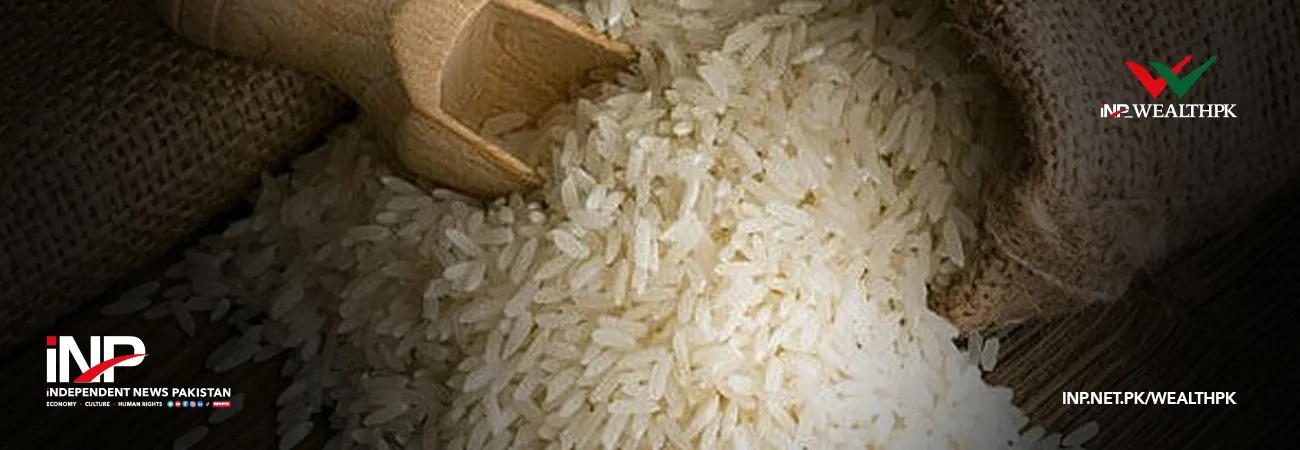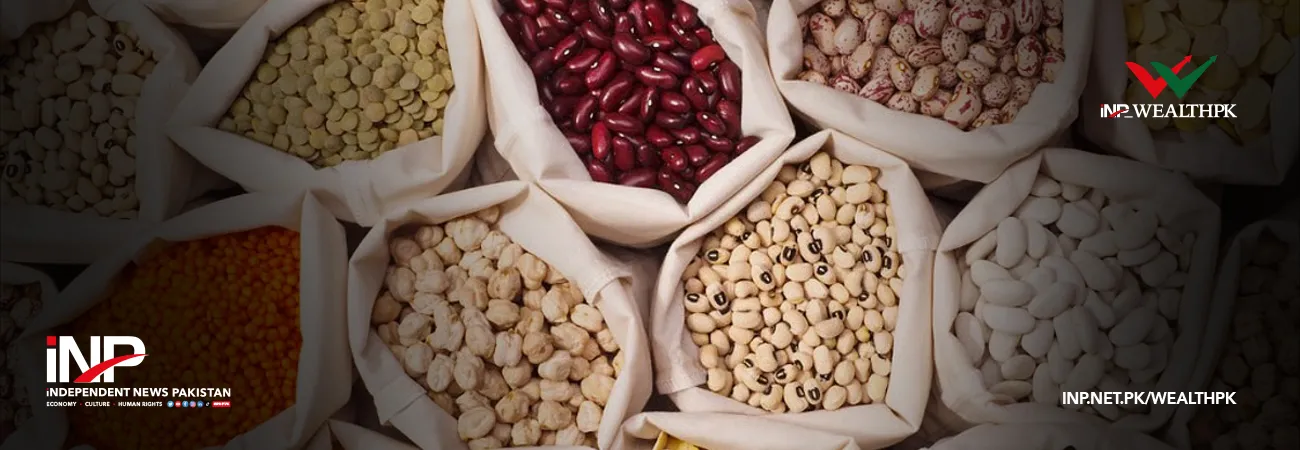INP-WealthPk
By Muhammad Mudassar ISLAMABAD, Mar. 23 (INP-WealthPK): Being an import-intensive country, oil is the major contributor to the import bills of Pakistan. The oil import bill surged by 107.4% and reached $11.69 billion in the first seven months (July-January) of FY 2021-22 as compared to $5.64 billion in the same period the previous year. An increase in oil price in the international market and increase in consumption are the two main reasons behind the high import bill. The total import bill was $46.62 billion in the first seven months of FY 2021-22, compared to $29.26 billion during the same period of FY 2020-21. Imports of oil contributed 25% to the total imports. The transport sector is the eminent consumer of oil with 76.6% contribution, followed by power (15%), agriculture (6.64%), and industries (5.68%) sectors. A total of 1145,884 metric tons of oil was consumed in the first six months (July- December) of FY 2021-22, in which 8,773,796 metric tons was consumed by the transport sector, 1,718,288 metric tons by the power sector for the generation of electricity, and 649,962 metric tons by industries. Oil Consumption in first 6 months of FY 2021-22
| Sectors | Oil (Metric Tons) |
| Industry | 649,962 |
| Agriculture | 7,603 |
| Transport | 8,773,796 |
| Govt | 182,356 |
| Power | 1,718,288 |
| overseas | 102,309 |
| Domestic | 18,570 |
| Total | 11,452,884 |
 At the same time, foreign remittances from the Gulf, which are a major contributor to Pakistan’s foreign exchange, declined by $376 million or 15% over the previous month in January 2022. In addition, exports too declined by 17% over the previous month in January 2022.
Due to expensive electricity agreements with private IPPs (independent power producers) and public sector entities, the rising cost of electricity caused an increase in circular debt. There is a huge gap between the cost of electricity generation, transmission, and distribution and the actual amount of money that is collected in terms of bills and payment of subsidies.
Policy structure should be reformed by giving more priority to renewable energy sources instead of conventional energy. The government should promote and support renewable energy sources like biogas, solar, wind, etc. These are the cheap and environment-friendly energy sources that will cut down the import bill.
Pakistan has huge potential to generate solar and wind power, WealthPK reported. According to the World Bank, utilising just 0.071 percent of the country’s area for solar photovoltaic (solar PV) power generation would meet Pakistan’s current electricity demand. The wind is also an abundant resource. Pakistan has several well-known wind corridors and average wind speeds of 7.87 m/s in 10 percent of its windiest areas.
At the same time, foreign remittances from the Gulf, which are a major contributor to Pakistan’s foreign exchange, declined by $376 million or 15% over the previous month in January 2022. In addition, exports too declined by 17% over the previous month in January 2022.
Due to expensive electricity agreements with private IPPs (independent power producers) and public sector entities, the rising cost of electricity caused an increase in circular debt. There is a huge gap between the cost of electricity generation, transmission, and distribution and the actual amount of money that is collected in terms of bills and payment of subsidies.
Policy structure should be reformed by giving more priority to renewable energy sources instead of conventional energy. The government should promote and support renewable energy sources like biogas, solar, wind, etc. These are the cheap and environment-friendly energy sources that will cut down the import bill.
Pakistan has huge potential to generate solar and wind power, WealthPK reported. According to the World Bank, utilising just 0.071 percent of the country’s area for solar photovoltaic (solar PV) power generation would meet Pakistan’s current electricity demand. The wind is also an abundant resource. Pakistan has several well-known wind corridors and average wind speeds of 7.87 m/s in 10 percent of its windiest areas.













